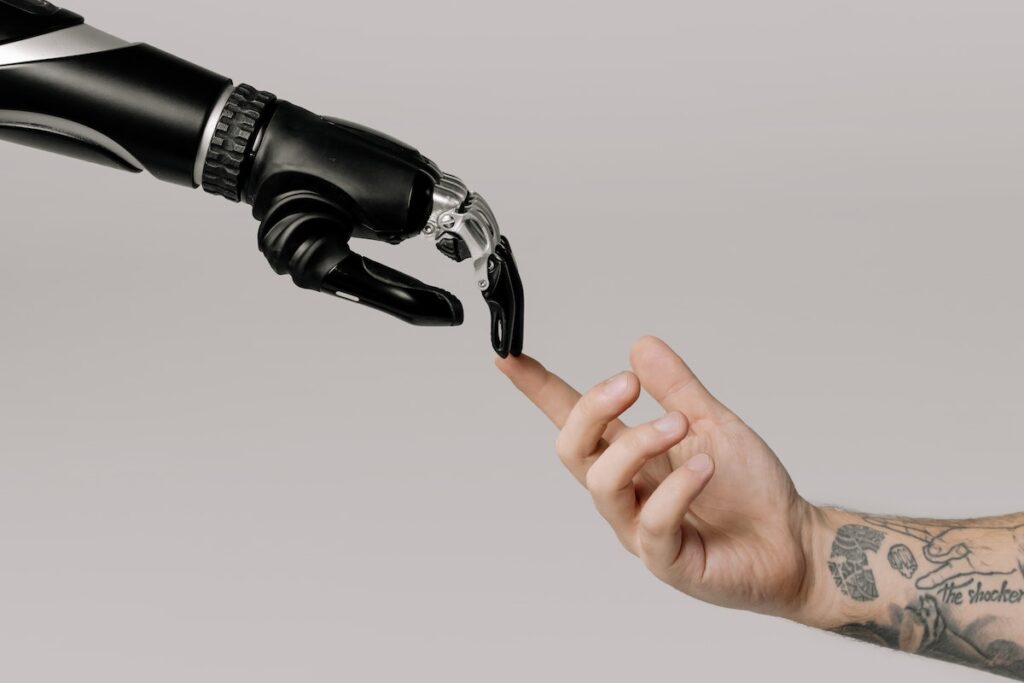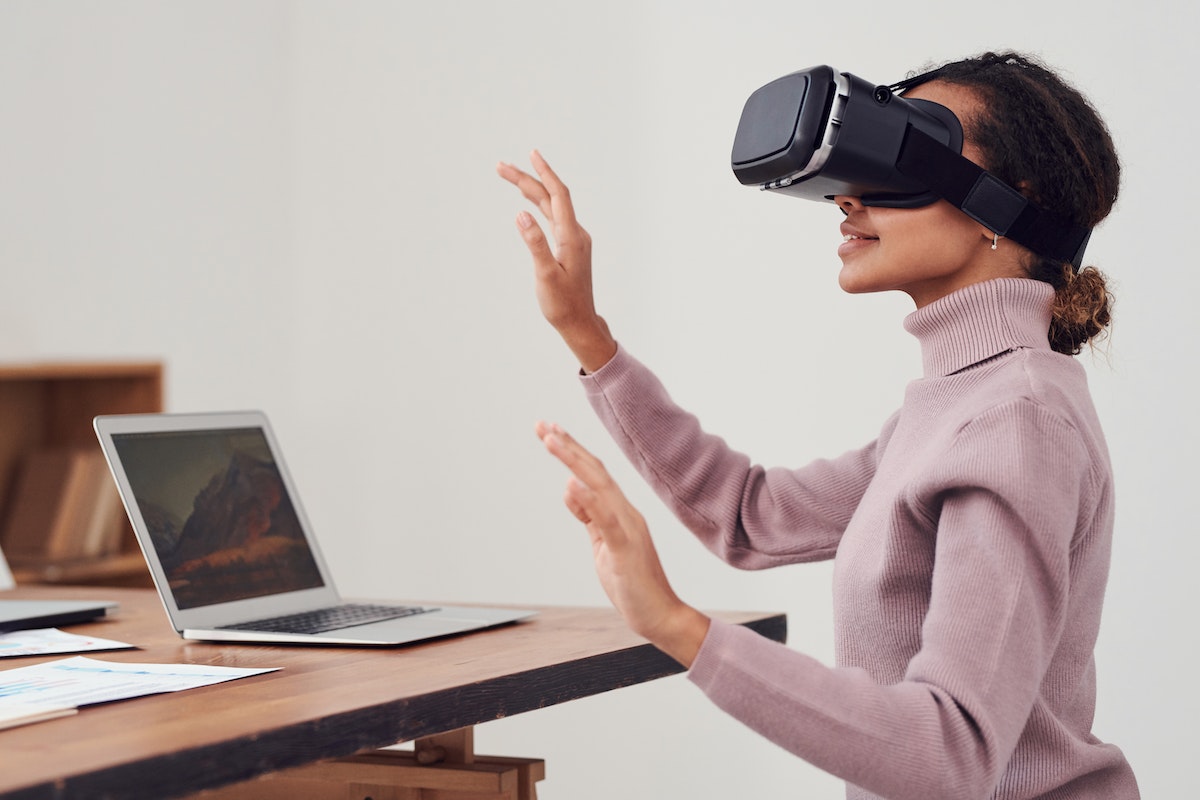Are you tired of traditional classrooms that fail to captivate your attention?
Enter VR education, the game-changing solution that brings learning to life. With immersive virtual classrooms, you can dive into educational experiences like never before.
Discover the benefits of VR education in enhancing your learning, as well as how it improves your engagement as a student.
Get ready to explore the role of VR in curriculum enhancement and uncover the future of education through leveraging VR technology for better learning experiences.
Benefits of VR Education in Enhancing Learning
The benefits of VR education in enhancing learning are numerous and can greatly improve your engagement and comprehension. By immersing yourself in a virtual classroom, you have the opportunity to experience learning in a whole new way.
One of the key benefits of VR education is the ability to provide a hands-on and interactive learning experience. Instead of simply reading about a concept or watching a video, you can actually participate and engage with the material. This active involvement allows you to better understand and retain information.
Another advantage of VR education is the ability to personalize the learning experience. With virtual reality, you can tailor the content to your specific needs and learning style. Whether you prefer visual, auditory, or kinesthetic learning, VR education can accommodate your preferences. This personalized approach not only increases your engagement, but also enhances your comprehension and retention of the material.
Additionally, VR education offers a level of flexibility that traditional classrooms may not be able to provide. You have the freedom to learn at your own pace and revisit concepts as needed. This flexibility allows you to fully grasp challenging topics and ensures that you don’t fall behind.
Overall, the benefits of VR education in enhancing learning are undeniable. It revolutionizes the way we learn, making it more interactive, personalized, and flexible for your individual needs.
How Immersive Virtual Classrooms Improve Student Engagement
Immerse yourself in a virtual classroom and experience increased student engagement like never before. With immersive virtual classrooms, learning becomes an interactive and captivating experience. Gone are the days of passive learning, where students simply sit and listen. Now, students can actively participate and engage in their education.
One of the key benefits of immersive virtual classrooms is the ability to create a dynamic and stimulating learning environment. Through the use of virtual reality (VR) technology, students can explore and interact with virtual objects and environments, bringing their lessons to life. This hands-on approach not only enhances their understanding of the subject matter but also sparks their curiosity and creativity.
In order to illustrate the impact of immersive virtual classrooms on student engagement, let’s take a look at the following table:
Traditional Classroom | Immersive Virtual Classroom | |
|---|---|---|
Student Participation | Limited to raising hands and speaking | Active participation through virtual interactions |
Multisensory Learning | Limited to visual and auditory stimuli | Engages multiple senses through virtual reality |
Collaboration | Limited to in-person discussions | Enables remote collaboration and teamwork |
As you can see, immersive virtual classrooms provide a range of benefits that traditional classrooms simply cannot match. By actively engaging students in their learning, these virtual environments foster a deeper understanding and retention of knowledge. So why settle for passive learning when you can immerse yourself in a virtual classroom and revolutionize your educational experience?
Exploring the Role of VR in Curriculum Enhancement
By incorporating VR technology into the curriculum, you can actively engage and enhance your understanding of the subject matter. Virtual reality allows you to step into a whole new world and experience things firsthand. Imagine studying history and being able to walk through ancient civilizations, witnessing historical events unfold right before your eyes. With VR, you can explore the depths of the ocean and witness marine life up close, or even travel to outer space and experience the wonders of the universe. The possibilities are endless.
Not only does VR make learning more immersive and engaging, but it also helps you retain information better. Research has shown that when you actively participate in your learning, rather than just reading or listening passively, you are more likely to remember and understand the concepts. VR provides an interactive and hands-on learning experience, allowing you to manipulate objects, conduct experiments, and solve problems in a virtual environment.
Furthermore, VR technology can cater to different learning styles. Whether you’re a visual learner, an auditory learner, or a kinesthetic learner, VR can adapt to your needs and preferences. You can see, hear, and interact with the virtual world, making learning more personalized and effective.
Incorporating VR into the curriculum not only enhances your understanding of the subject matter, but it also prepares you for the future. As technology continues to advance, virtual reality is becoming increasingly prevalent in various industries. By gaining experience with VR early on, you are developing valuable skills that can be applied in the workforce. You should also check NFT Vs. Metaverse.

Overcoming Challenges in Implementing VR Education
One of the challenges in implementing VR technology in the curriculum is ensuring that you, as a teacher, receive proper training and support. Virtual reality is an exciting tool that can revolutionize the way students learn, but it can also be overwhelming if you don’t have the necessary skills and knowledge to effectively integrate it into your lessons.
To address this challenge, here are three crucial steps that can help you overcome this hurdle:
- Training programs: Seek out training programs specifically designed for educators to learn about VR technology and its application in the classroom. These programs can provide you with the necessary skills and knowledge to confidently use VR in your teaching.
- Collaboration and support: Connect with other teachers who are already using VR in their classrooms. Sharing experiences, tips, and resources can greatly enhance your understanding and implementation of VR technology. Additionally, seek support from your school administration or technology specialists who can provide guidance and troubleshooting assistance.
- Continuous learning: VR technology is constantly evolving, so it’s important to stay updated with the latest advancements and trends. Attend conferences, workshops, and webinars to expand your knowledge and explore new possibilities for integrating VR into your curriculum.
The Future of Education: Leveraging VR Technology for Better Learning Experiences
To fully leverage the potential of VR technology for better learning experiences, you should explore the possibilities of incorporating virtual reality into various subjects and disciplines. Virtual reality has the power to transform education by providing immersive and interactive experiences that enhance understanding and engagement.
Imagine studying history by virtually walking through ancient civilizations, or exploring the human body in three dimensions during biology class. With VR, you can transport students to any time period or location, allowing them to experience events firsthand and gain a deeper understanding of the subject matter.
Incorporating VR into subjects like physics and chemistry can also greatly benefit students. They can conduct virtual experiments in a safe and controlled environment, making learning more practical and exciting. By visualizing complex concepts and phenomena, students can grasp difficult concepts more easily, leading to improved retention and application of knowledge.
Furthermore, VR can support hands-on training in vocational and technical education. From automotive repair to surgical procedures, students can practice and refine their skills in a virtual environment, reducing the risks and costs associated with traditional training methods.
Conclusion
So there you have it, the power of VR education in empowering learning through immersive virtual classrooms. By enhancing student engagement, improving curriculum, and overcoming challenges, VR technology is revolutionizing the future of education.
With its ability to provide interactive and realistic experiences, students are able to learn in a way that is both engaging and effective.
So why wait? Embrace the future and leverage VR technology for better learning experiences today!
